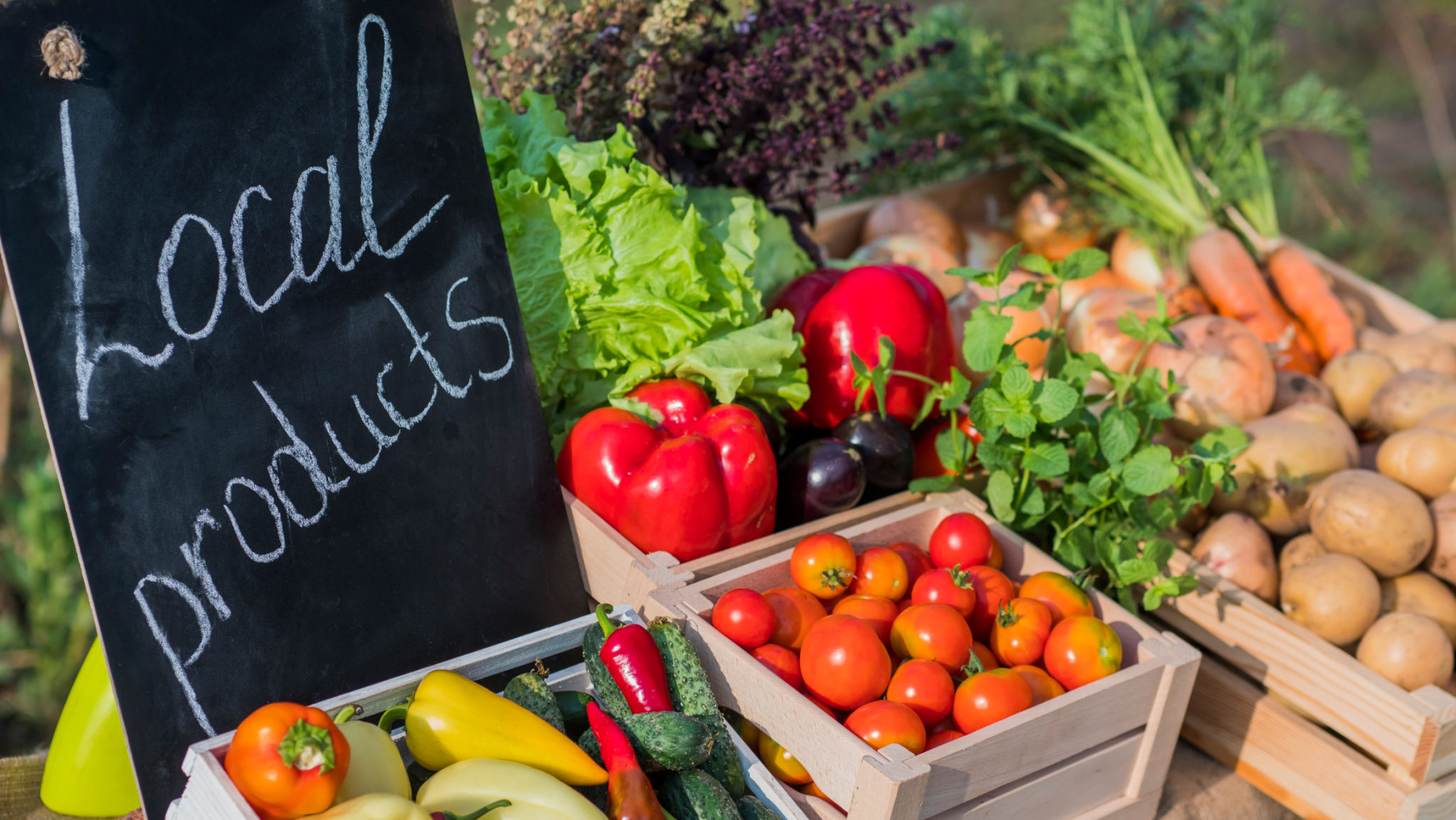How to Balance Your Diet with Seasonal Foods: An Integrative Approach
Understanding Seasonal Foods
Eating with the seasons is a practice that not only benefits your health but also supports local agriculture and reduces your carbon footprint. Seasonal foods are those that are harvested at their peak ripeness, providing the highest nutritional value. By focusing on what's in season, you can enjoy fresher, tastier produce while also taking advantage of cost savings.

Benefits of Integrating Seasonal Foods into Your Diet
Incorporating seasonal foods into your diet can have several advantages. First, they tend to be more nutrient-dense. Fruits and vegetables that are picked at their peak contain more vitamins and minerals than those that are grown out of season and transported from afar. Second, seasonal foods are often more affordable because they are abundant and don't require extensive shipping or storage.
Moreover, eating seasonally can help you diversify your diet. Each season brings with it a different set of produce, encouraging you to try new recipes and flavors. This variety ensures a more balanced intake of nutrients throughout the year.
Environmental and Economic Impact
Beyond personal health benefits, eating seasonally supports sustainable agriculture and reduces environmental impact. It decreases the need for transportation and storage, which cuts down on greenhouse gas emissions. Additionally, purchasing from local farmers boosts the local economy and helps maintain agricultural diversity.

Tips for Balancing Your Diet with Seasonal Foods
To effectively balance your diet with seasonal foods, start by familiarizing yourself with what grows in each season in your area. This knowledge will guide your grocery shopping and meal planning. Here are some tips to help you get started:
- Plan Your Meals: Use seasonal produce as the foundation for your weekly meal plans. This approach ensures you're consistently incorporating fresh, nutrient-rich ingredients into your diet.
- Shop Locally: Visit farmers' markets or join a CSA (Community Supported Agriculture) program to access the best seasonal produce.
- Experiment with New Recipes: Challenge yourself to try new recipes that highlight seasonal ingredients. This can make mealtime more exciting and ensure a well-rounded diet.
Preserving Seasonal Bounty
If you find yourself with an abundance of seasonal produce, consider preserving it for later use. Freezing, canning, and drying are excellent methods for extending the shelf life of fruits and vegetables. This way, you can enjoy the flavors of each season even when they're not available fresh.

Creating a Seasonal Food Calendar
One practical way to keep track of seasonal foods is by creating a seasonal food calendar. This visual guide can help you identify which fruits and vegetables are available each month, making meal planning easier and more effective.
You can create your own calendar by researching local harvest times or using online resources that provide seasonal food charts specific to your region. Having this information at your fingertips will make it simpler to incorporate seasonal foods into your daily meals.
Conclusion: Embrace the Seasons
Balancing your diet with seasonal foods is an integrative approach that benefits both your health and the environment. By choosing locally-sourced, in-season produce, you not only enhance your nutritional intake but also contribute to sustainable practices and support local farmers. Embrace the flavors of each season and enjoy the culinary diversity that nature has to offer.
